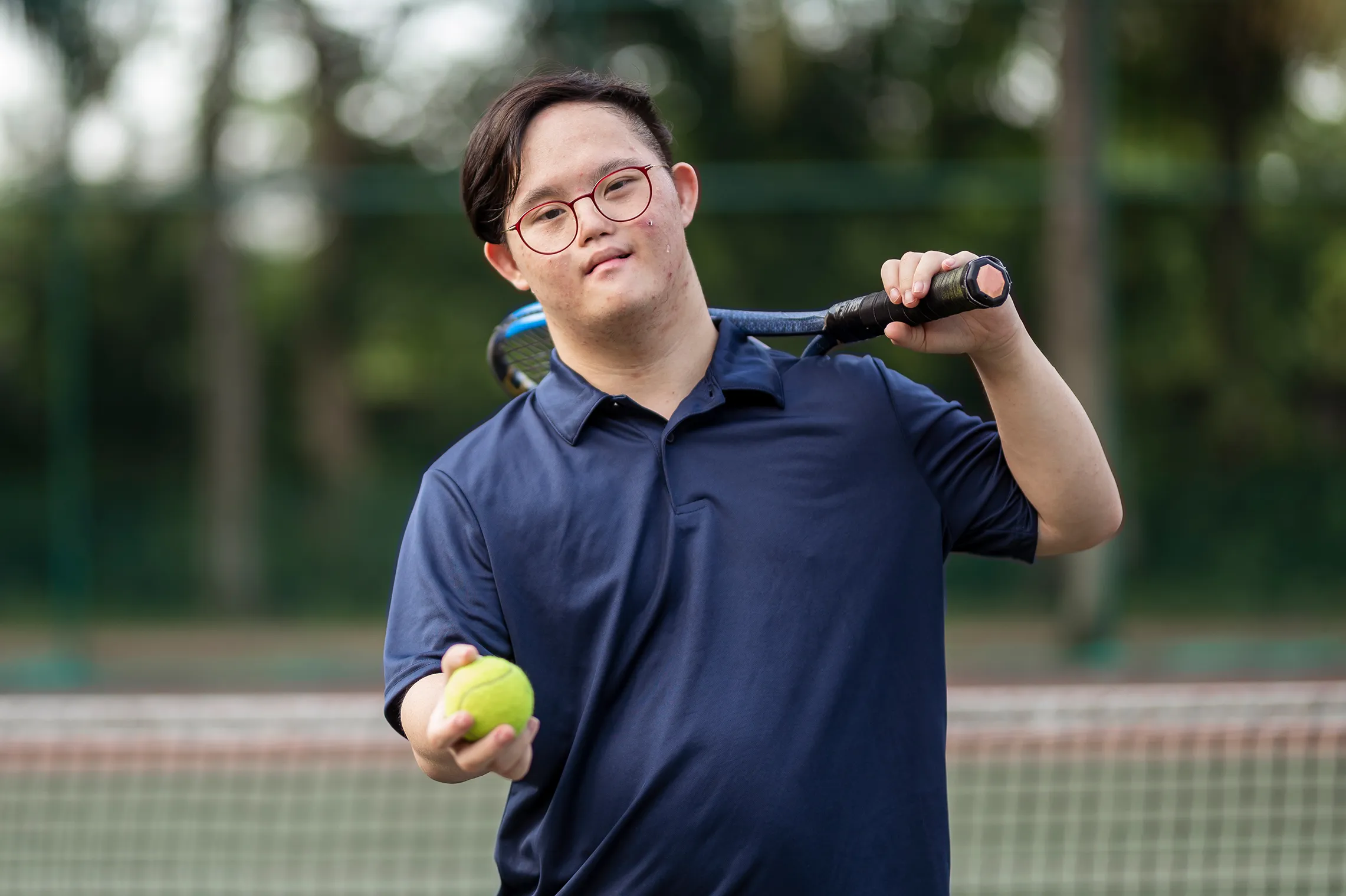
Transitioning to Independent Living: Tips for Successful Transitions
Transitioning to independent living is a significant milestone for individuals with developmental disabilities. It involves moving from a supported living environment to a more independent setup, where individuals have greater control over their daily lives and decision-making. Successful transitions require careful planning, preparation, and support. In this article, we’ll discuss essential tips and strategies for a successful transition to independent living.
Understanding the Transition Process
Transitioning to independent living is a multifaceted process that involves several key aspects:
- Assessment: Conduct a thorough assessment of the individual’s skills, abilities, preferences, and support needs. Identify areas of strength and areas that may require additional support during the transition.
- Goal Setting: Collaborate with the individual, family members, caregivers, and support professionals to set realistic and achievable goals for independent living. These goals may include managing daily tasks, navigating the community, securing employment, and fostering social connections.
- Skill Development: Provide opportunities for the individual to develop essential life skills such as cooking, cleaning, budgeting, time management, transportation navigation, communication, and self-advocacy. Offer training, support, and guidance as needed to build confidence and competence.
- Support Systems: Establish a strong support system that includes family members, friends, caregivers, support professionals, and community resources. Ensure that the individual has access to ongoing support, guidance, and assistance as they transition to independent living.
Tips for Successful Transitions
1. Start Early
Begin the transition process early to allow sufficient time for planning, preparation, skill development, and adjustment. Early intervention and planning can help mitigate potential challenges and ensure a smoother transition.
2. Individualized Approach
Take an individualized approach tailored to the unique needs, preferences, and abilities of the individual. Customize transition plans, goals, and support strategies to maximize success and address specific challenges.
3. Develop Life Skills
Focus on developing essential life skills that are critical for independent living. Provide opportunities for learning and practice in areas such as household management, personal care, money management, social skills, and problem-solving.
4. Foster Self-Advocacy
Empower the individual to advocate for themselves, express their needs, preferences, and goals. Teach self-advocacy skills, encourage decision-making, and involve them in planning and decision-making processes related to their living arrangements.
5. Gradual Transition
Consider a gradual transition approach that allows the individual to gradually increase their independence and responsibilities over time. Start with small steps and gradually introduce more complex tasks and responsibilities as confidence and competence grow.
6. Provide Ongoing Support
Ensure ongoing support and guidance during the transition process and beyond. Maintain regular communication, monitor progress, address challenges proactively, and make adjustments to support strategies as needed.
7. Encourage Community Involvement
Encourage community involvement and participation in social, recreational, vocational, and educational activities. Foster connections with community resources, support groups, and organizations that promote independent living and inclusion.
Transitioning to Independents
Transitioning to independent living is a significant and empowering journey for individuals with developmental disabilities. By understanding the transition process, setting realistic goals, developing essential life skills, fostering self-advocacy, adopting a gradual transition approach, providing ongoing support, and encouraging community involvement, successful transitions can be achieved. Utilize the tips and strategies outlined in this article to support individuals in their transition to independent living and empower them to lead fulfilling and independent lives.





